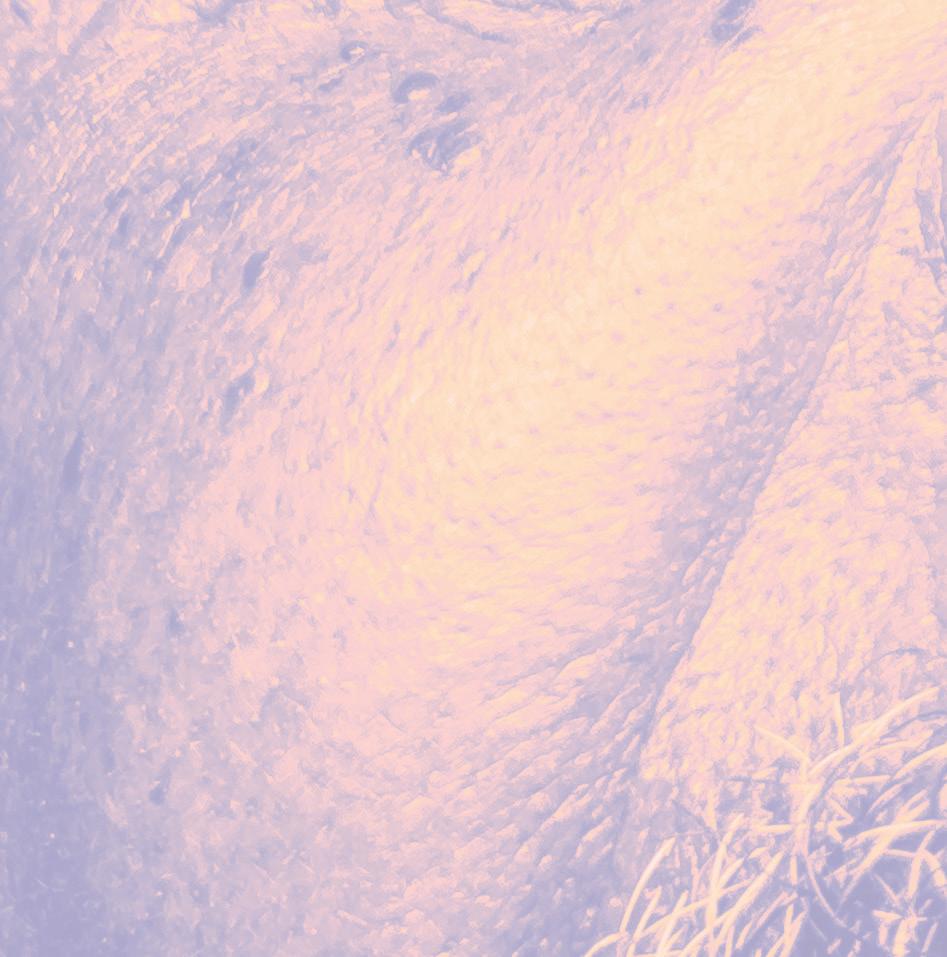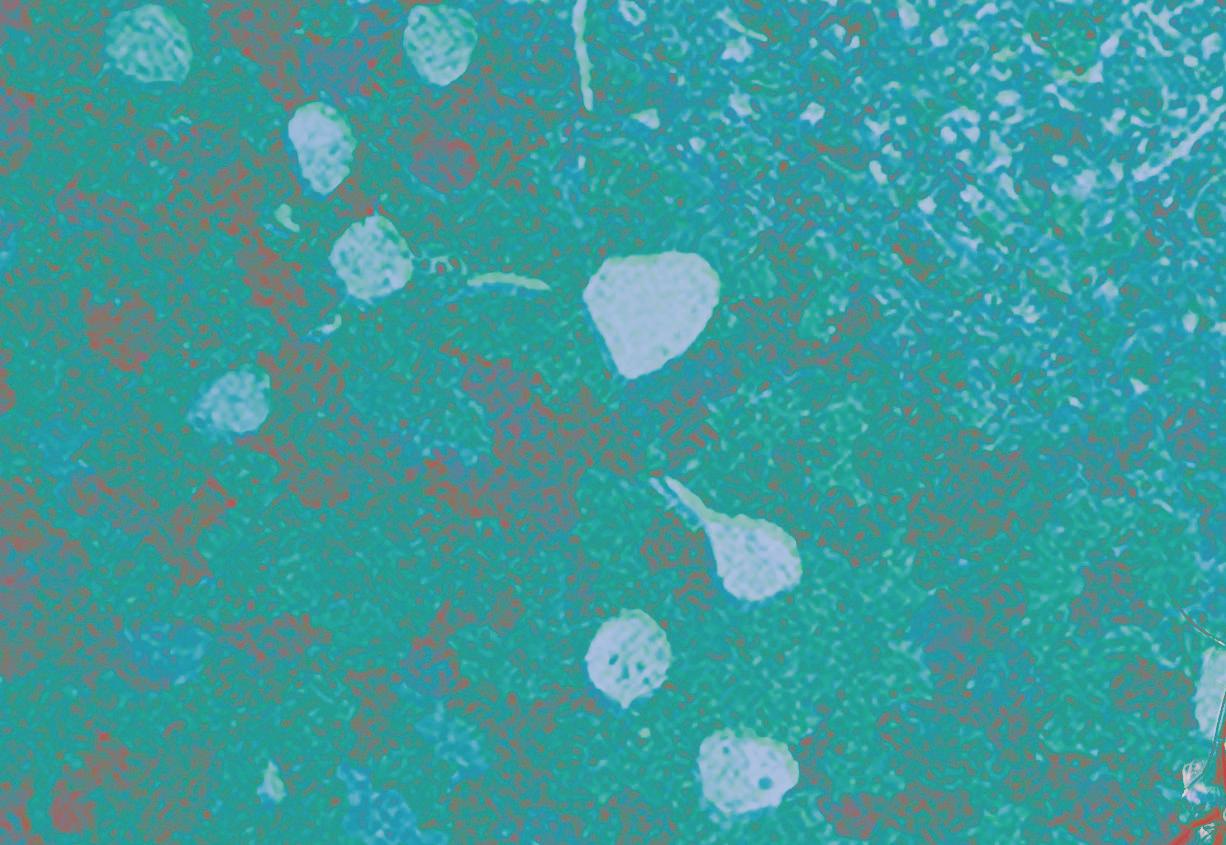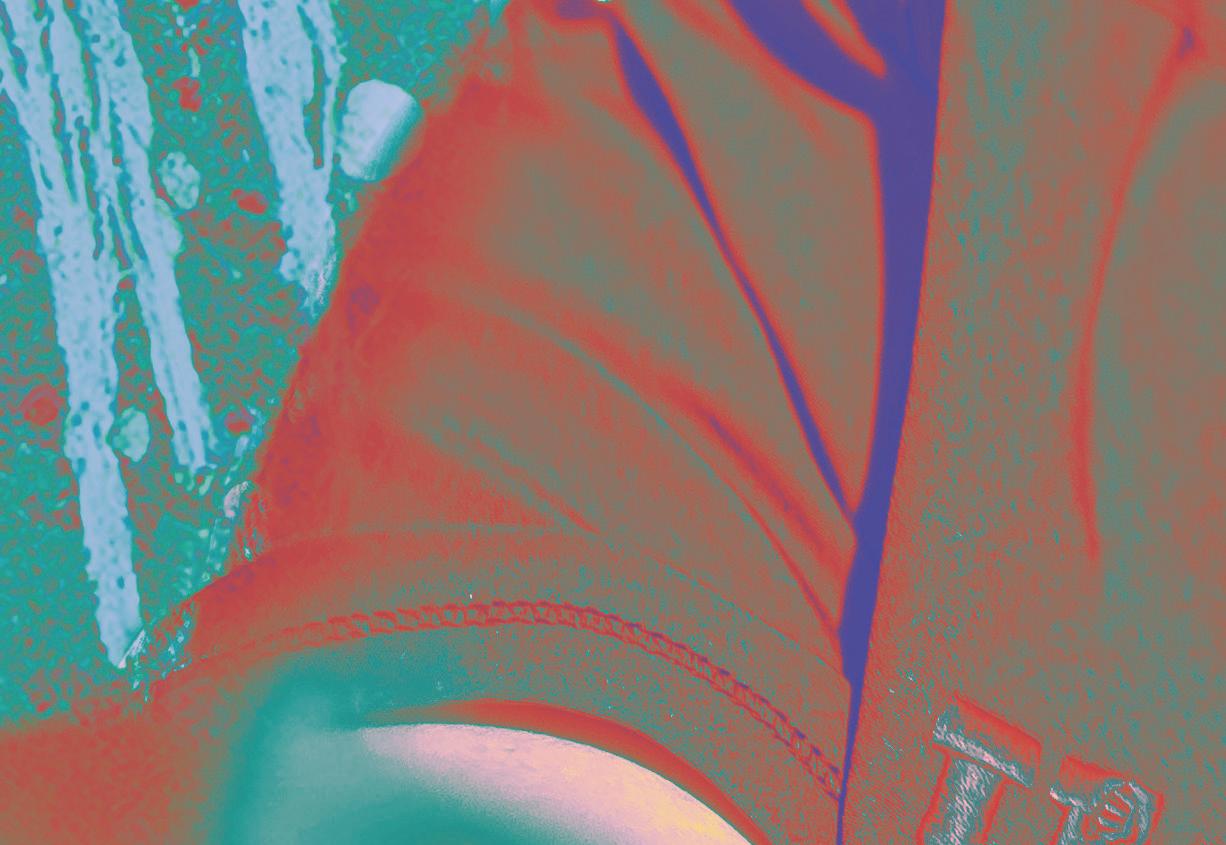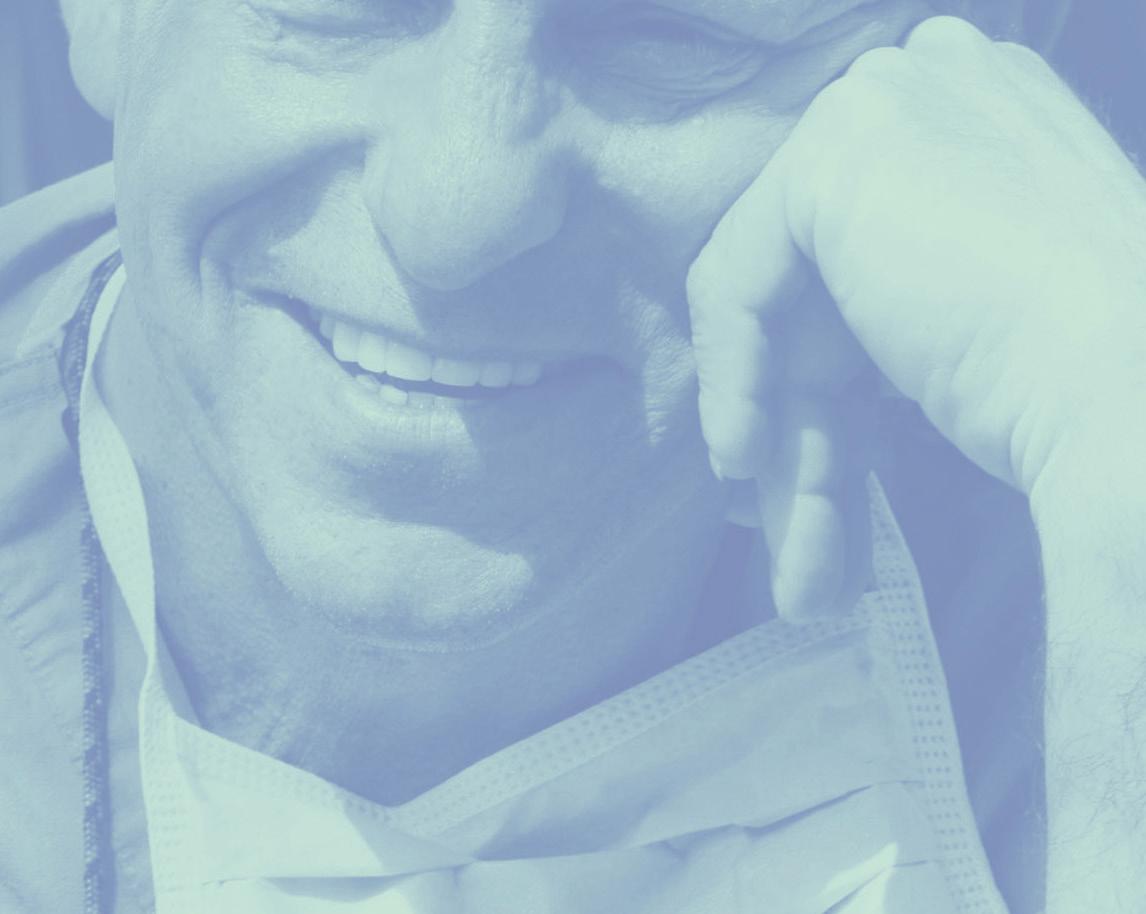
























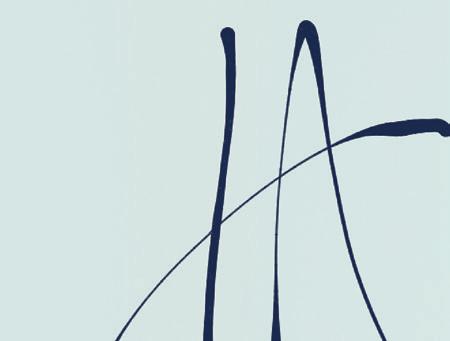
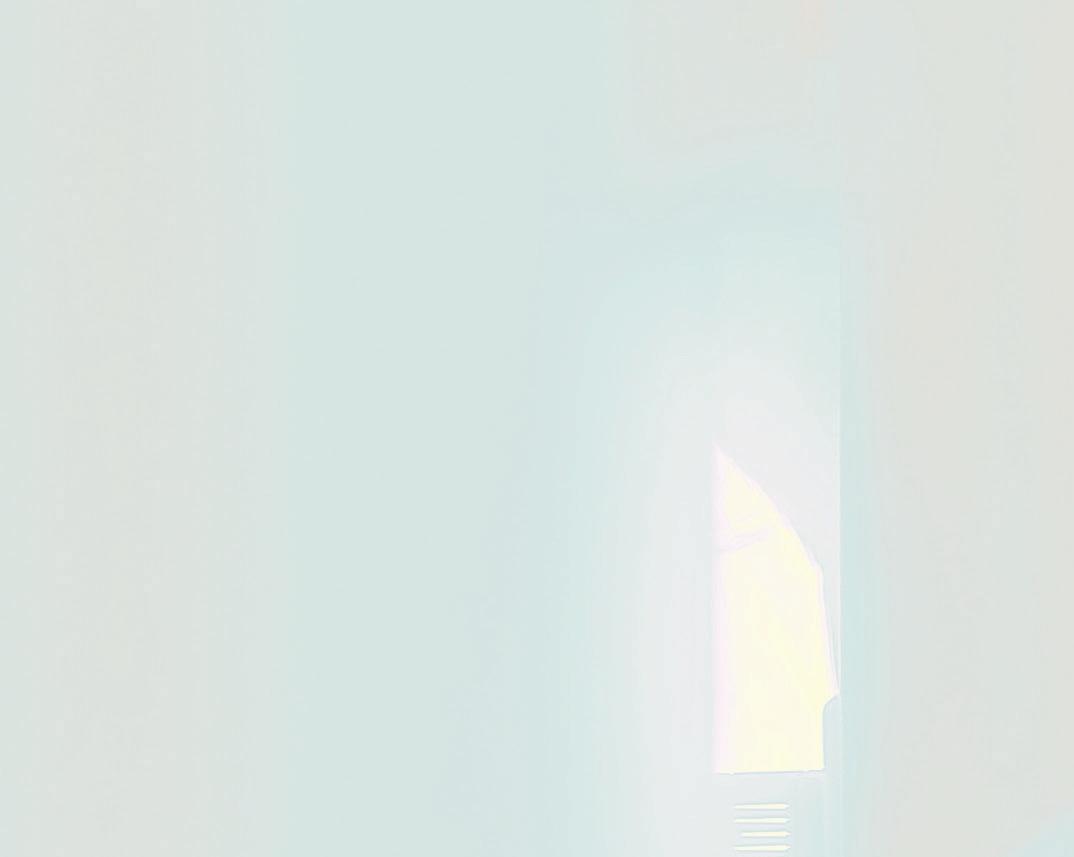


Dr. Alan S. Crandall was my one and only mentor. A selfless man, his skill and dedication to surgery, teaching, and innovation were rivaled only by his love and compassion for all in need. When he unexpectedly passed away in 2020, I pledged to honor his legacy of visionary and groundbreaking work in the field of glaucoma.
In a best-case scenario, glaucoma patients face years—if not a lifetime—of medications and surgeries to preserve their eyesight. For many, however, the disease goes unnoticed or untreated until it blinds them. Alan couldn’t live with that, and he dedicated most of his life to pursuing better treatments and outcomes for patients all over the world.
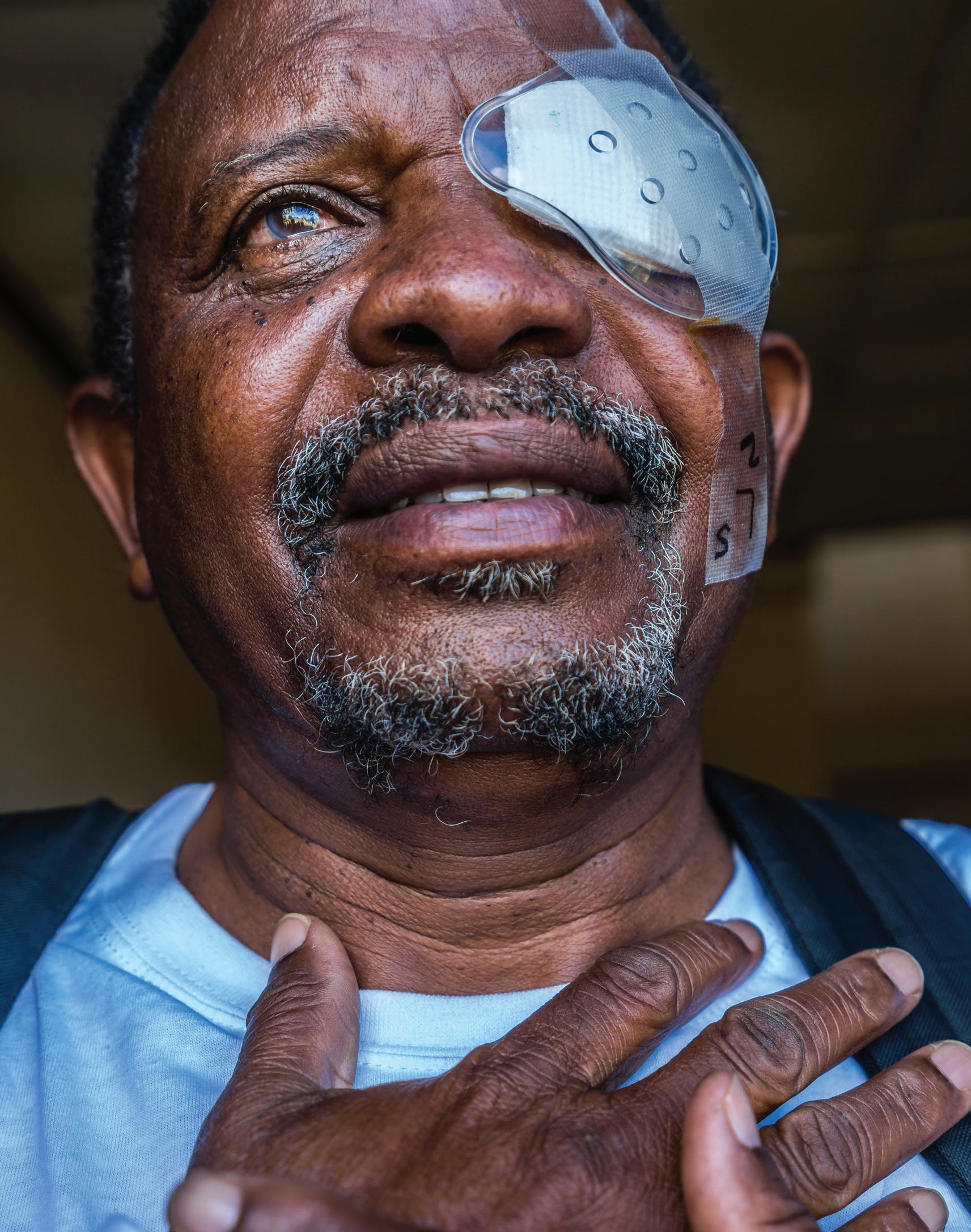

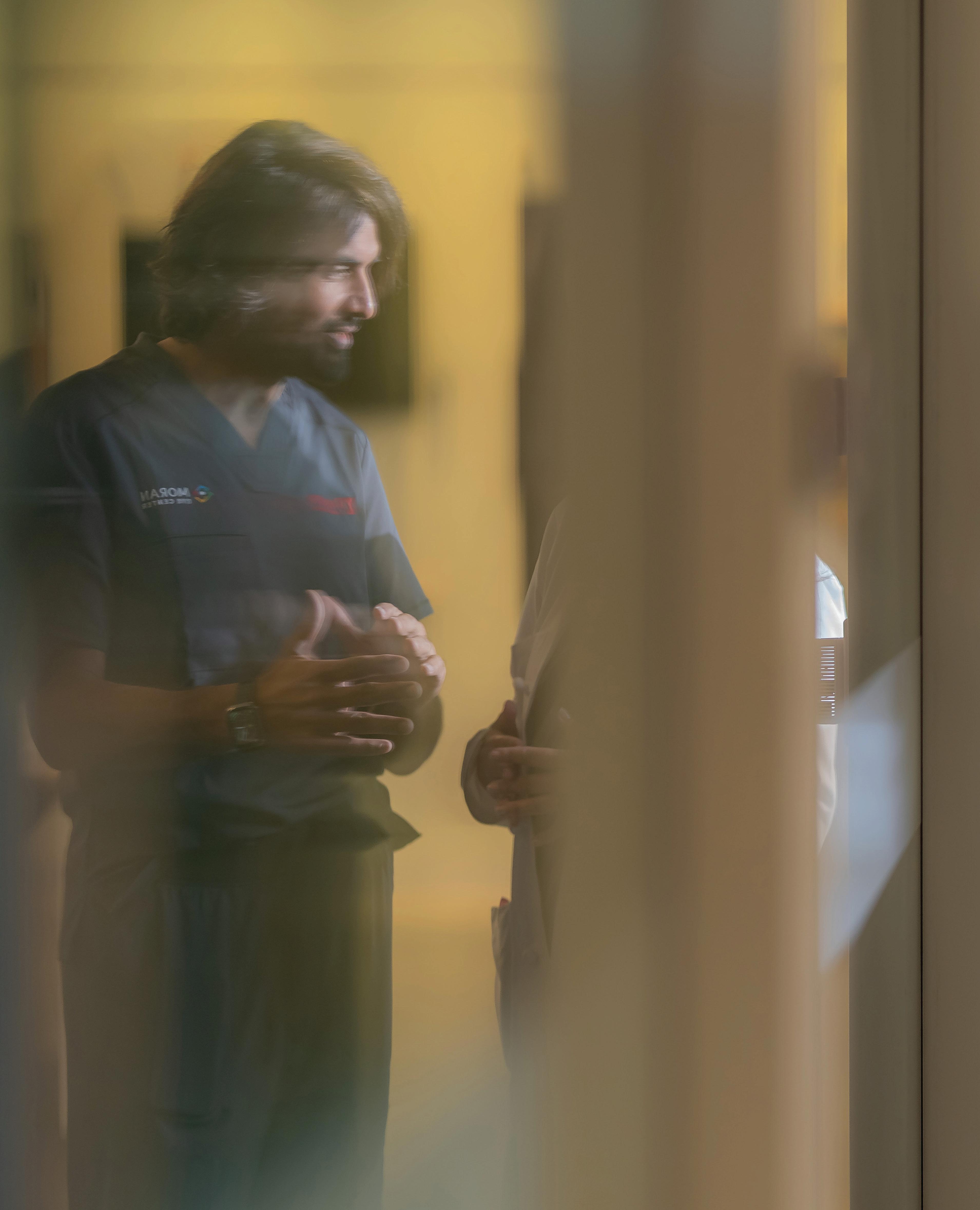
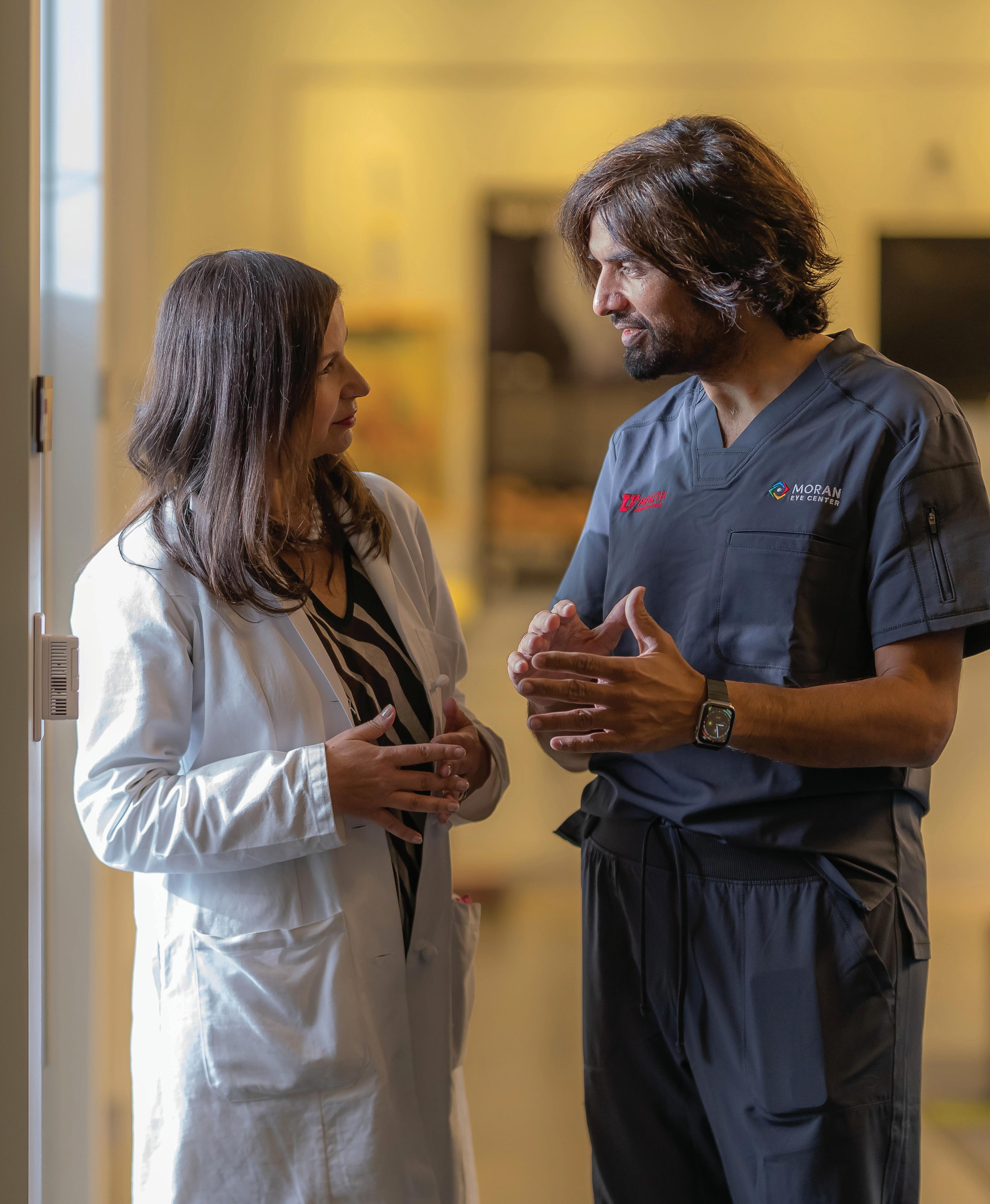
I’ ve spent much of my career collaborating with colleagues and industry to change the reality of glaucoma for millions of people. We’ ve made progress. Micro-invasive surgery technologies have drastically improved treatment options, but there is so much more we can and should be doing.
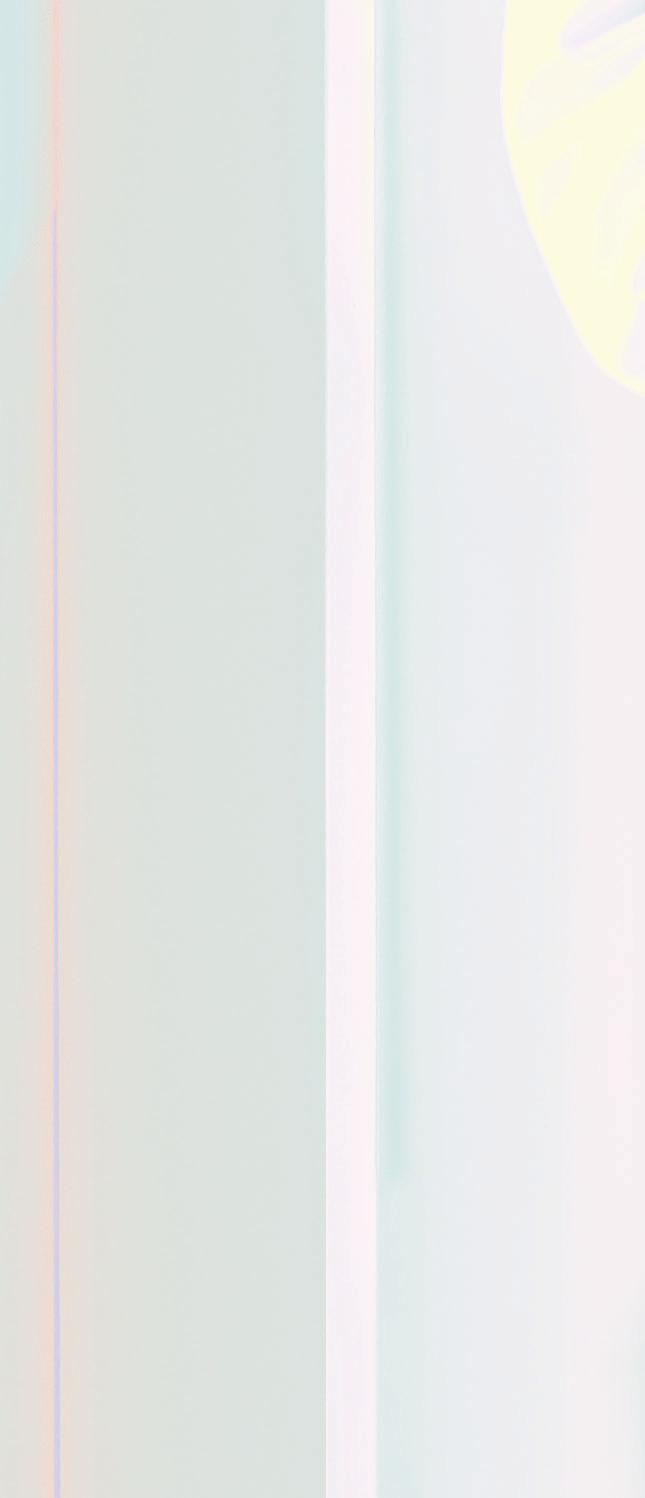

I believe we can change the trajectory of this disease. To do partnership with the John A . Moran Eye Center to create the new Alan S. Crandall Center for Glaucoma Innovation will do exactly that. The center brings together unique talent and singular resources found nowhere else in the world.
Together we will solve the global challenge of glaucoma.













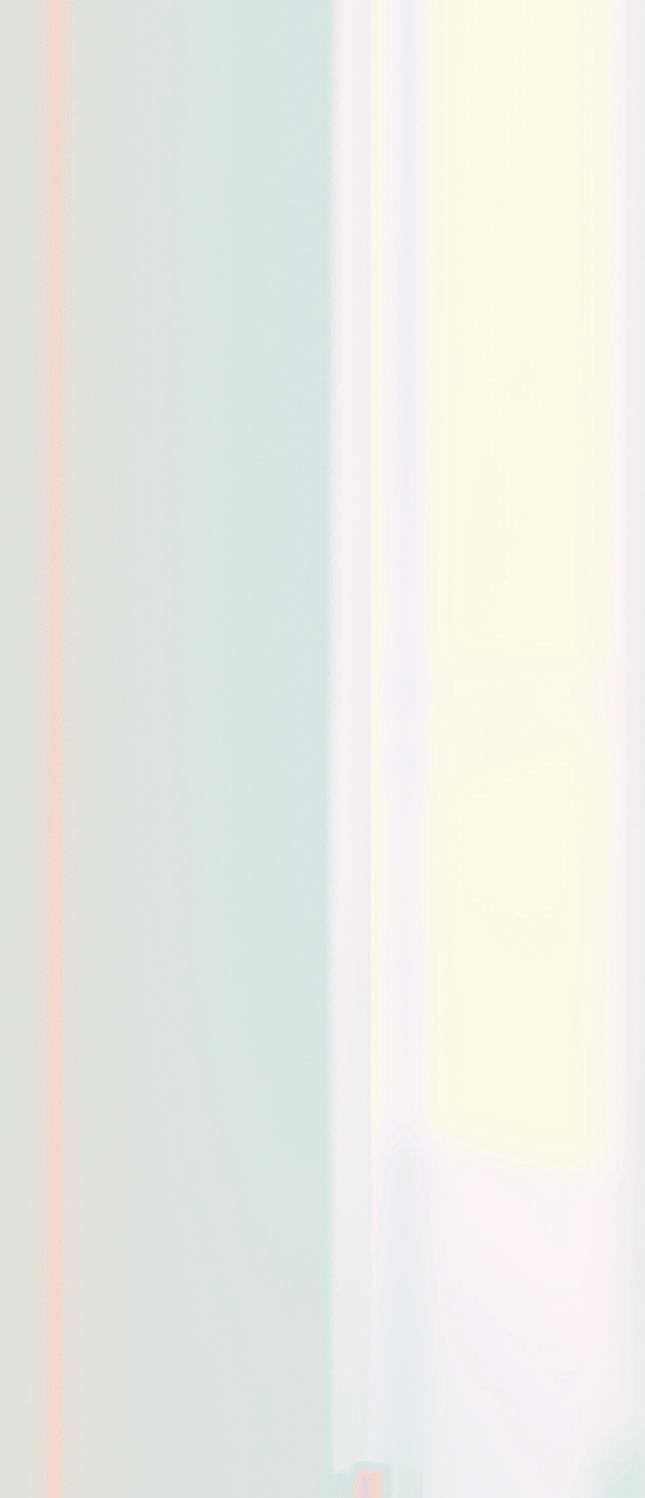
Sincerely,

Once diagnosed, glaucoma is a life-long condition. There is no cure, and current therapies only slow disease progression.



As the global exp ert on glaucoma therap eutics, Dr. Ahmed aims to change that. His partnership with the Moran Eye Center will create a glaucoma center of excellence to advance patient care.
Un d er Dr. Ah m e d ’s d irection, the C ra n d all Cente r will s eek a cu re a s it fi nd s new w ay s to d ia g nose an d treat g la uc oma earlier in t h e d isea s e pr o c e ss and wit h b etter out c ome s .




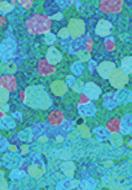


When Dr. Ahmed b ecame and ophthalmologist, there were only two treatment options for glaucoma patients: a d mini s ter 10 eye drops daily for life or u n d er g o invasive surgery that had high complication rates and a long recovery time. Neither was a great choice.
Wit h t h e field ri p e for innovation, Dr. A h me d c om m itte d h is c areer to revolutionizing t h e t reatmen t of glau c o m a. He c reate d a new c la ss of c a re h e c a lle d interventional g l au co m a. It bridged t h e gap b etwee n m edi c ation drops and s u rgery and f o c used o n treatment - rel a ted q ua lity of life iss u es and b ette r patient o u tco m es .
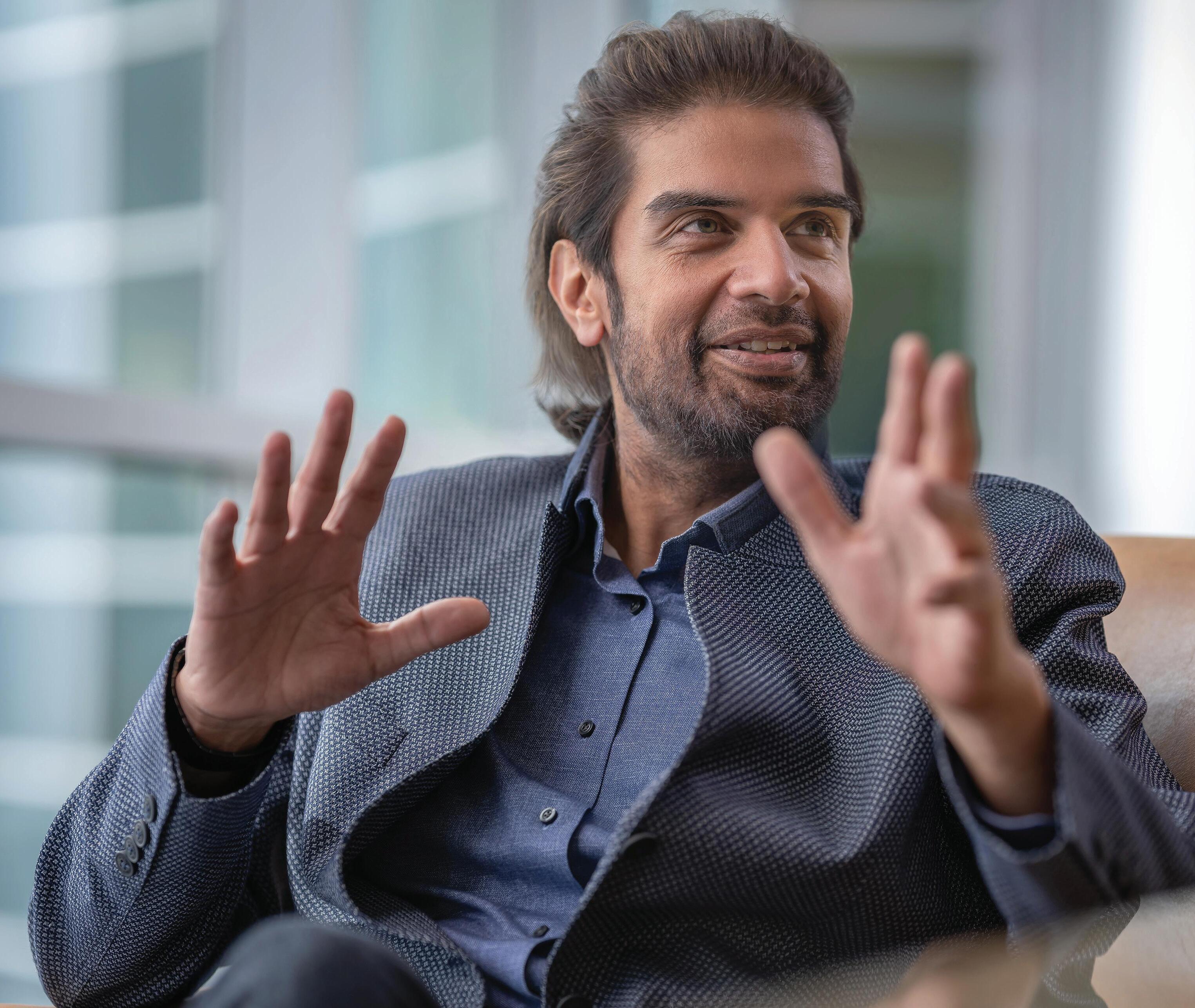
T e ch n o l o g y g i v e s u s t h e abil i t y t o d o

t h i n g s t h a t c h a n g e pa r ad i gms . I l o v e
c h a n gi n g pa r ad i g ms .
Micro-invasive d evi c es are t h e found a tion o f interventional g l au co m a, and Dr. Ah m ed h as b ee n cent r a l to developing a nd refinin g this technolo g y. H e coined t h e ter m micro-invasive g la u co m a s u r g ery (M IGS ) , and t h e appro a c h h as t r ansfor m e d g la u co m a t h e r ap y. M IGS ha s a s u p erior s afety profil e to t r adition a l s ur g ery a nd enables p h ysicians to tre a t patients earlier in the disease pr o cess .


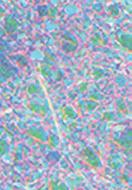

Yet, Dr. A hm ed wants to do b etter for h i s p a tients .
To o m any p eople continue to lose vision or go b lin d after e a rly intervention, and a n u rgent need fo r b etter t h e r apies re m ains .
In 1982, surgeons were using newly developed intraocular lenses (IOLs) for cataract surgery, but outcomes were unacceptably poor, and the National Institutes of Health had declined to fund IOL research. To help industry and patients, Randall J Olson, MD, Moran CEO and Chairman of the Department of Ophthalmolog y and Visual Sciences at the University of Utah, established the Intermountain Ocular Research Center.










Conducting indep endent research on lens design, materials, and complications, the center improved the quality and design of IOLs, develop ed surgical techniques now used by most cataract surgeons, and spurred the withdrawal of po orly designed IOLs from the marketplace. Nick Mamalis, MD, and Liliana Werner, MD, PhD, lead the center to day.



Dr. Ahmed will develop a similar research clearinghouse for glaucoma, assisting companies as they work to develop b etter bio compatible devices that improve fluid drainage and lower pressure.


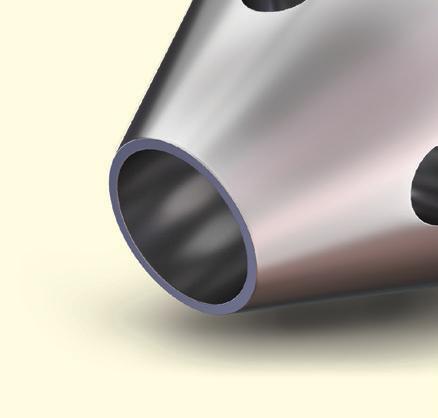


Like Dr. Ahmed, Dr. Olson is a visionary who has championed innovation and shaped the field of modern ophthalmolog y. He, too, has a track record of success.


In 2009, Dr. Olson set his sights on curing a leading cause of blindness: age-related macular degeneration (AMD).


to investigate the genetics of AMD. Dr. Hageman brought with him the world’s largest collection of donor eye tissue dedicated to research. More than 10,000 eyes are now genotyped and accompanied by medical records. Dr. Hageman has used this unique resource to develop a gene therapy that is approved for clinical trials.

No w, Dr. O lson i s committed to doing what h e ha s done for c a t a r a cts and AMD for g laucoma. H e ha s aske d Dr. H a g eman to explore t h e core g enetic s of the disease. Alread y, Dr. Ha gem a n is includin g g la u co m a patients in his AMD stud y, c omparin g g la u co m a - di s eased eyes to h ealthy ones. H e plans t o work wit h Dr. A h med to t a rget g enetic risk factor s for g la uc o m a t h at will lead to a gene the r ap y.



Glau c om a is not a well - under s t o o d d isease, and it h a s b een m ore than a d eca d e sin c e any new d rug s h ave hi t the m arket .
Why and how elevated eye pressure kills cells that send visual signals to the brain eluded researchers until the Moran Eye Center’s David Krizaj, PhD, made a gamechanging discovery. He identified the mechanism by which elevated pressure damages the eye and develop ed a new drug that reduces pressure and also protects cells from dying. Dr. Krizaj is working with a venture capital company to test and commercialize the therapy, a one-two punch that stands to b e the Crandall Center’s first blo ckbuster medication.



T he C r andall Center provides a f r a mework fo r rese a r c her s to s h a re disease m o d el s and te s t ne w w ays to tre a t gl au coma. Dr. Krizaj ’s work mirror s Dr. A h med ’s s u rgic a l a ppro a ch to lowering pres s ure , and t h ey are workin g together to find new w ay s to protect the optic nerve. Fu t u re coll a b o r a tion s incl u de exploring opti c nerve re g ene r ation b y studying a gro u nd sq u irrel w h ose retin a re g ene r ate s after hi b ern a tion .
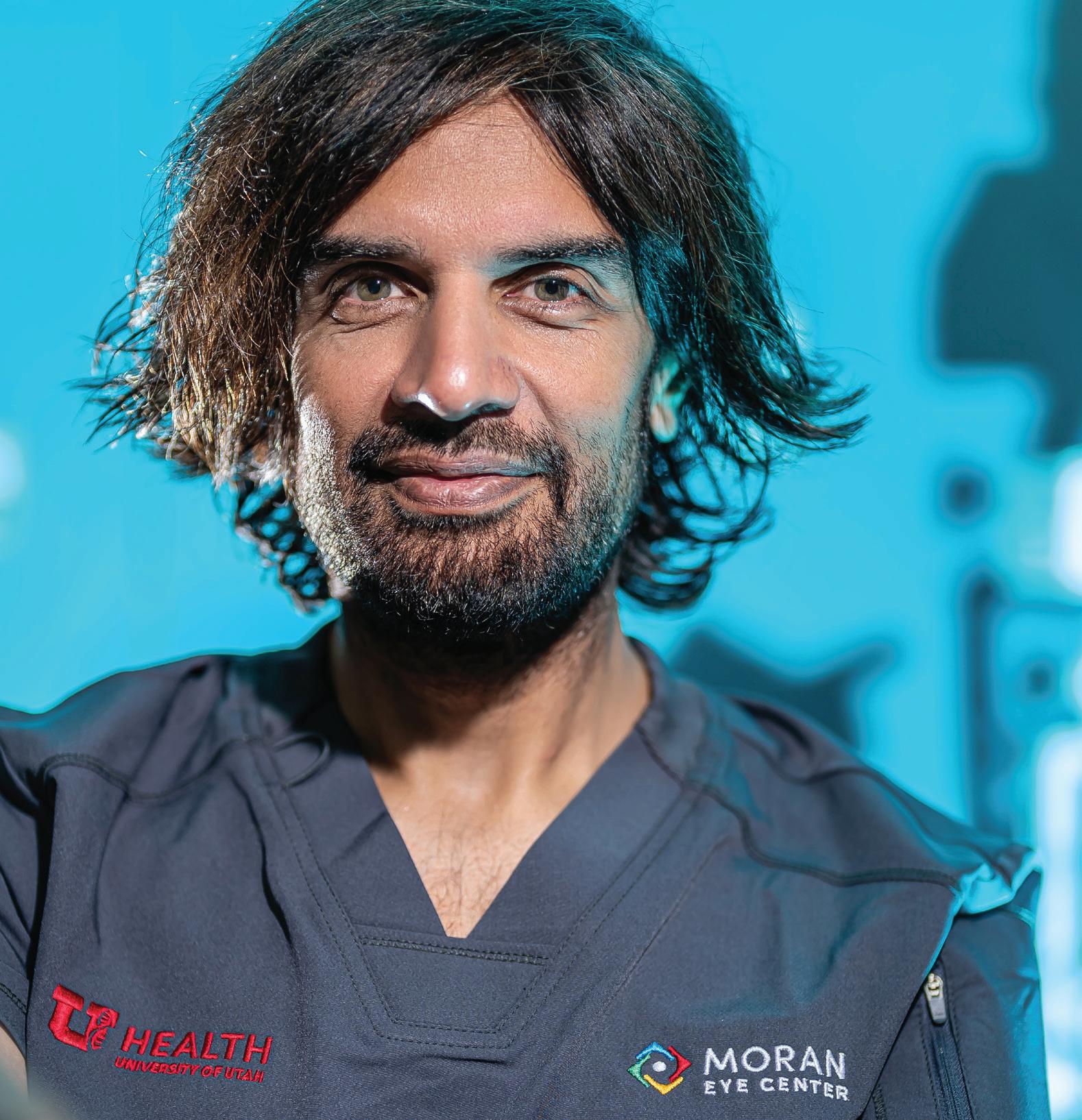
Ne u r o p r o t e c t i o n i s o n e o f t h e Ho l y G r a i l s o f g lau c o m a. P r o t e c t i n g t h e op t i c n e r v e f r o m e l e v a t e d p r e s s u r e i s t h e d r e a m o f e v e ry o n e
i n v o l v e d w i t h t h e d i se a s e


Dr. Alan S. Crandall was my one and only mentor. A selfless man, his skill and dedication to surgery, teaching, and innovation were rivaled only by his love and compassion for all in need. When he unexpectedly passed away in 2020, I pledged to honor his legacy of visionary and groundbreaking work in the field of glaucoma.
As the lea d ing c au s e of irreversible blin d nes s worl d wi d e, glau c o m a is a n international t ra g ed y.
Timely diagnosis and therapy are key to preserving vision, indep endence, and quality of life. The Moran Eye Center’s Global Outreach Division is training health care workers around the world to conduct screenings that detect glaucoma earlier. The program is the largest of its kind at any U.S. academic institution and works with an extensive network of global partners to reduce the burden of blindness worldwide.


In a best-case scenario, glaucoma patients face years—if not a lifetime—of medications and surgeries to preserve their eyesight. For many, however, the disease goes unnoticed or untreated until it blinds them. Alan couldn’t live with that, and he dedicated most of his life to pursuing better treatments and outcomes for patients all over the world.



I’ ve spent much of my career collaborating with colleagues and industry to change the reality of glaucoma for millions of people. We’ ve made progress. Micro-invasive surgery technologies have drastically improved treatment options, but there is so much more we can and should be doing.
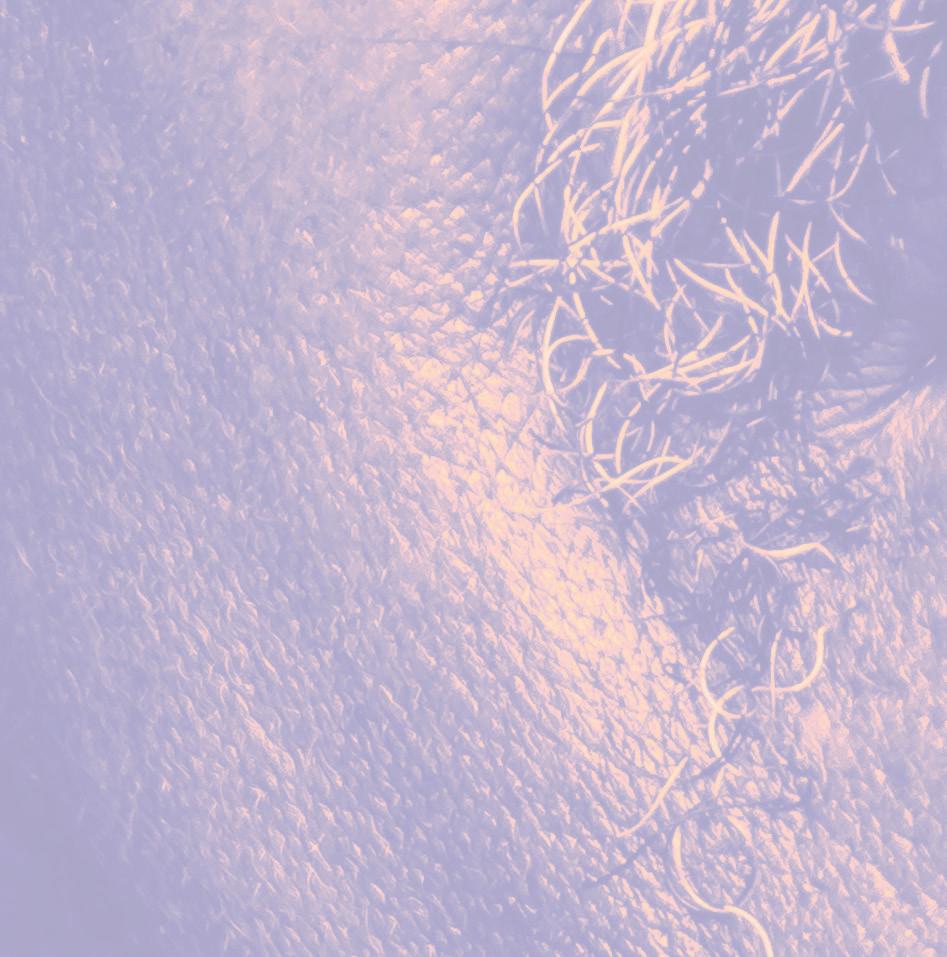

R e s ear ch s hows th a t Afri c an, H isp a ni c , an d c ert a in A s i a n p op u l a tions h a ve a g re a ter risk o f developing gl au coma. T h e C r and a ll Center i s c o m mitted to the fact th a t everyone, everyw h ere , deserves qu ality eye care a nd seeks to develop an d m a n u f a ct u re a fford a ble s u rgi ca l devices for u s e i n low - resource co u ntries. D oin g so re q uires findin g ne w, inex p ensive b i o compati b le m a terials an d determinin g where s u rgeons s h o u ld pl a ce t h em i n the eye for m aximal effect .



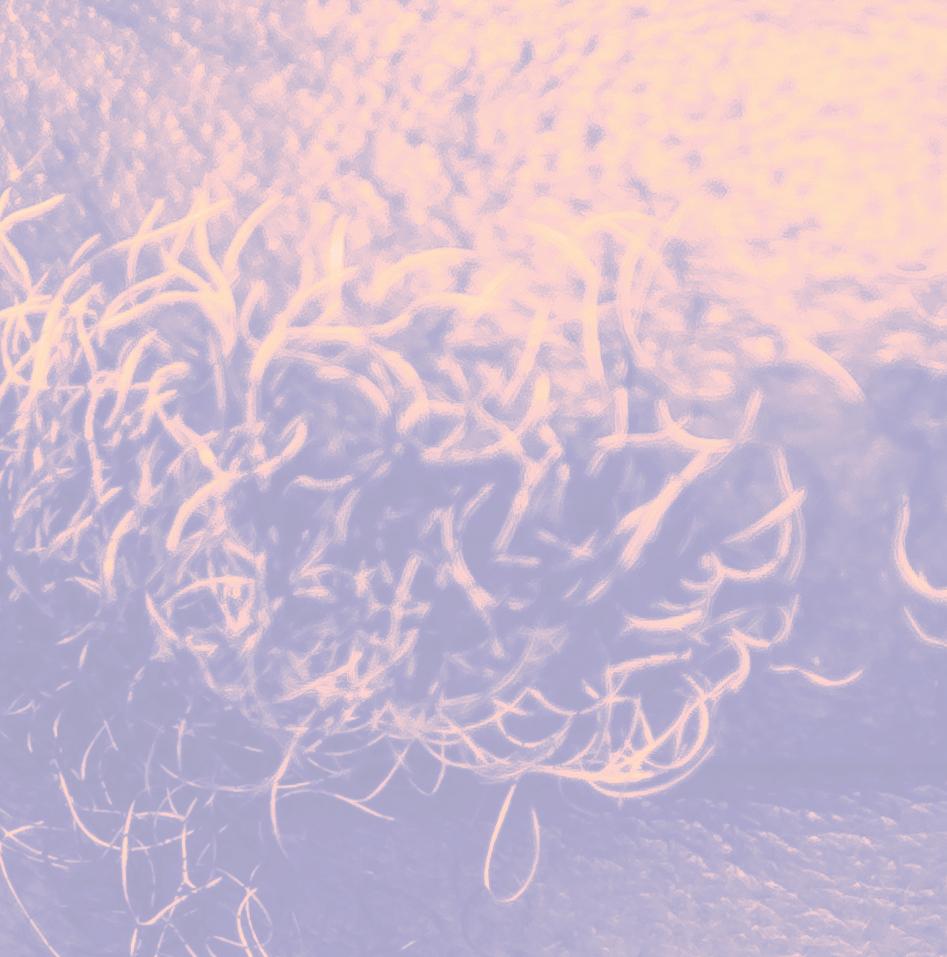
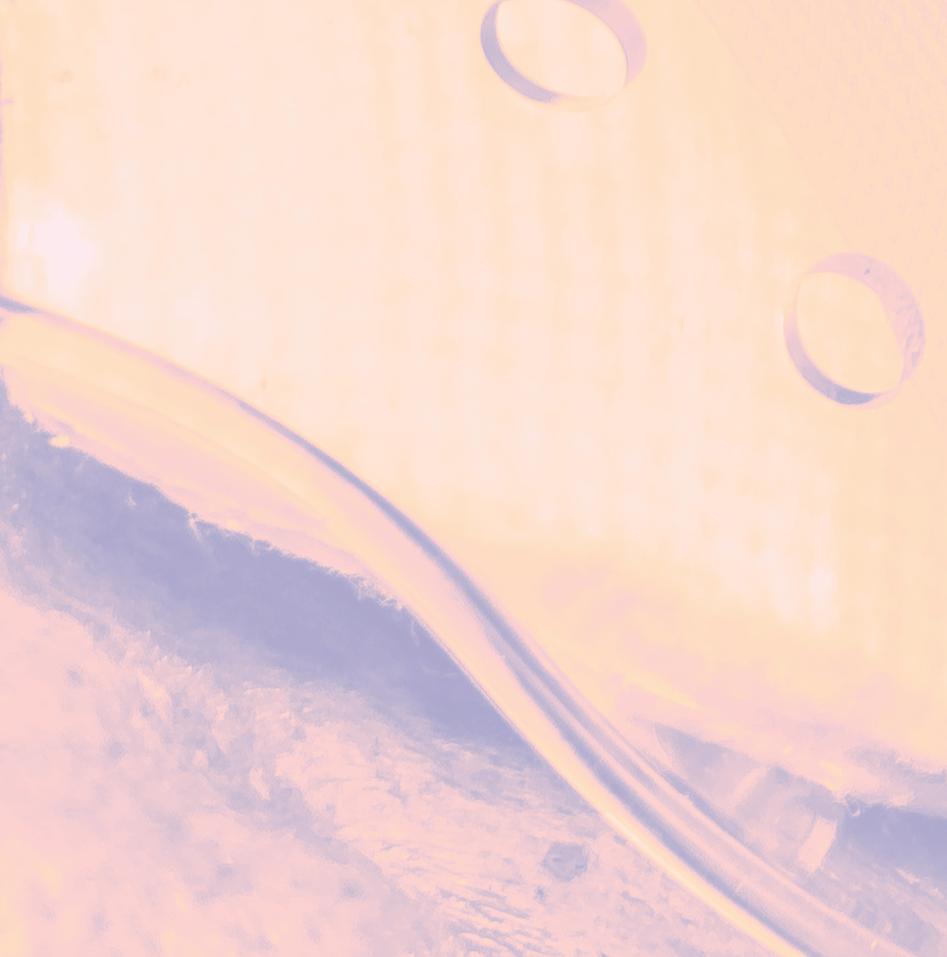
I believe we can change the trajectory of this disease. To do partnership with the John A . Moran Eye Center to create the new Alan S. Crandall Center for Glaucoma Innovation will do exactly that. The center brings together unique talent and singular resources found nowhere else in the world. Together we will solve the global challenge of glaucoma.
T he C rand a ll Center will re s ear ch b etter w ay s forward, c re a te new pr o du c t s , c ondu c t testing , and make tre a t m ent available in low - re s our c e c om m unitie s needing c o s t - effe c tive c are .



Sincerely,
